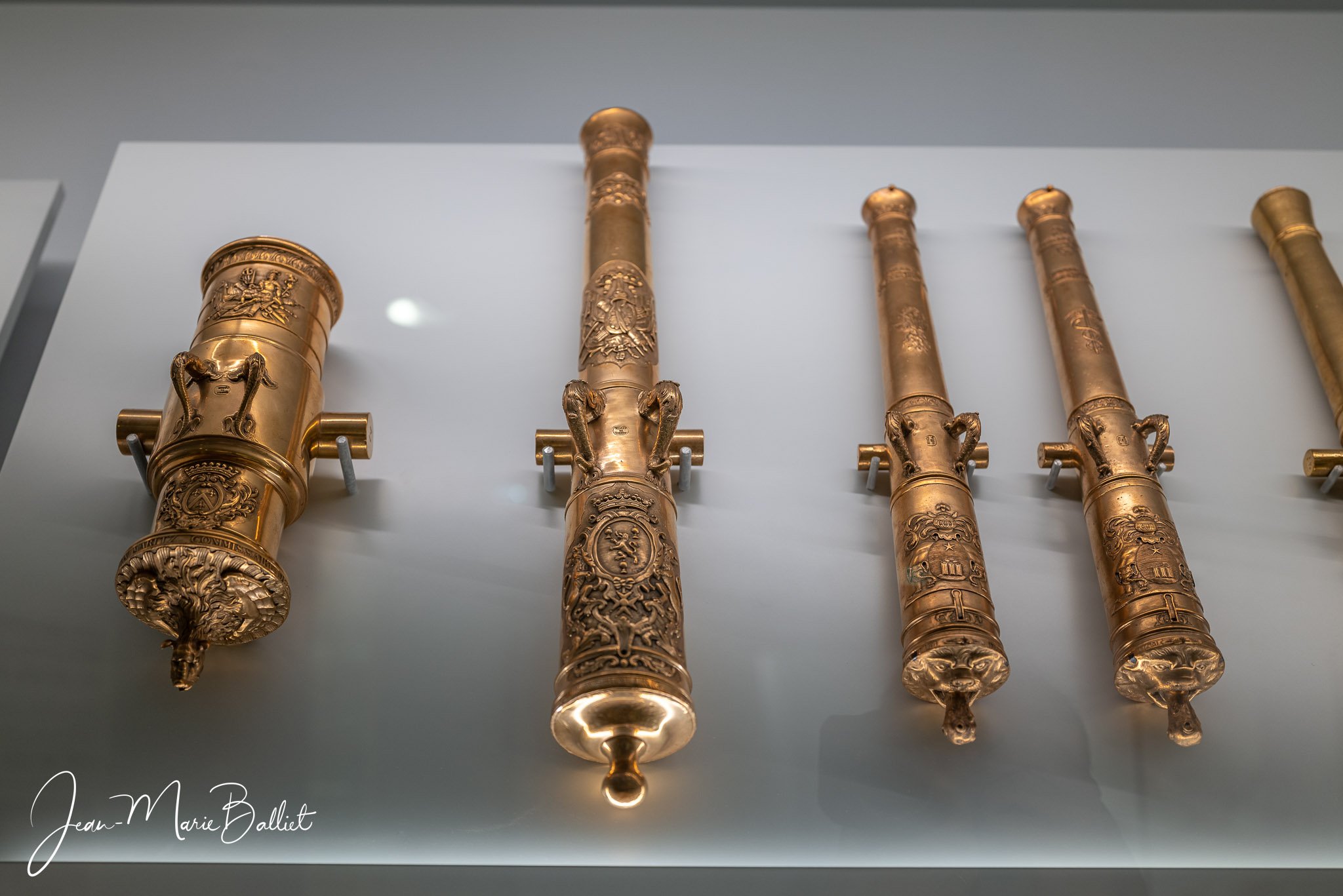
Francis Bannerman
The one-time largest dealer in military surplus, Bannerman's often stated goal was that his stock become obsolete as humanity learned to settle disputes through other means, and that his vast collections become a museum to the "lost arts."
Merchant and antiquarian. Born in Dundee, Scotland on 24 March 1851. Bannerman emigrated with his family to America in 1854. The family name is a given name, allegedly by none other than King Robert Bruce to a Francis of clan Macdonald upon his rescuing the clan pennant during the battle of Bannockburn. The king supposedly cut off a streamer from the national St. Andrew's Cross and proclaimed that first Francis a "Bannerman."
Francis VI made a business of purchasing surplus military goods in large lots and splitting into smaller lots at a profit. He is sometimes credited with originating the concept of the sealed bid. At the close to the Spanish-American War, Bannerman secured 90% of the captured weapons and goods. At the outbreak of World War I he outfitted British regiments at his own expense long before the United States entered the war. Upon the U.S. entering the fray, he donated significant hardware to its efforts.
Bannerman's store fronts at 579 Broadway, New York and later at 501 Broadway, New York gained recognition as de facto museums of military history. When the city of Brooklyn declined his efforts to expand his warehouse within its borders, he purchased Pollepel Island in the Hudson River, about 40 miles north of Manhattan, and built a series of interconnected warehouses patterned after Scottish baronial castles. The ruins of Bannerman's castle still stand. Even today Bannerman's large, illustrated (and out-of-print) catalogs serve as reference guides for collectors of antique military hardware. Many believe these are the best books published on weapons of war.

